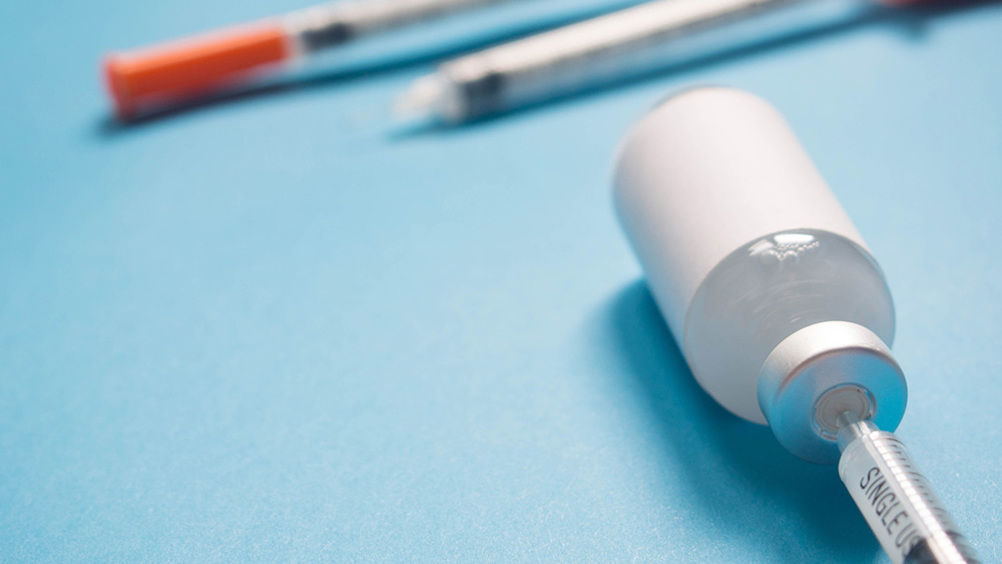References
Facial aesthetic treatments in East Asian populations

Abstract
Most published studies on surgical and non-surgical cosmetic facial procedures focus on Caucasians. With increasing popularity and requests for medical aesthetic treatments from patients of various ethnicities, there is a need for aesthetic practitioners to broaden their understanding of anatomical differences, ideals of beauty and cultural differences among different ethnicities. With the East Asian diaspora numbering tens of millions and the continued development of that region, any aesthetic practitioner will likely need to treat an East Asian patient. East Asians are keen on surgical and non-surgical aesthetic treatments to enhance their beauty and seek treatments in Asia and abroad. There are many differences between Caucasians and East Asians, including the structural architecture of the face, attitudes and standards regarding beauty and patterns and rates of facial ageing. For an optimal consultation process, treatment planning and outcome, these fundamental differences should be understood by aesthetic practitioners.
Minimally invasive and non-surgical treatments have become increasingly popular, and taboos or negative attitudes attached to medical aesthetic treatments are almost extinct from the social memory of the middle-aged group and younger generation. Improved international socio-economic status and ease of travel has meant that most aesthetic practitioners are now seeing patients with different ethnic backgrounds.
It is more important than ever for aesthetic practitioners to understand that different ethnicities have:
This is further complicated due to media and social media, as well as relative local and international trends.
To make this more relevant, the following example can be easily comprehended by aesthetic practitioners. Enhancement of the jawline and jaw angle has become very popular in recent years. Internationally, Western aesthetic practitioners have been showcasing their work on social media channels, such as Instagram, creating strong jaw angles and crisp jawlines in both men and women. These images create dramatic reactions, and more practitioners are drawn to providing such treatments, while more patients seek them out. However, there are a myriad of factors that are being ignored on multiple levels:
Register now to continue reading
Thank you for visiting Journal of Aesthetic Nurses and reading some of our peer-reviewed resources for aesthetic nurses. To read more, please register today. You’ll enjoy the following great benefits:
What's included
-
Limited access to clinical or professional articles
-
New content and clinical newsletter updates each month


